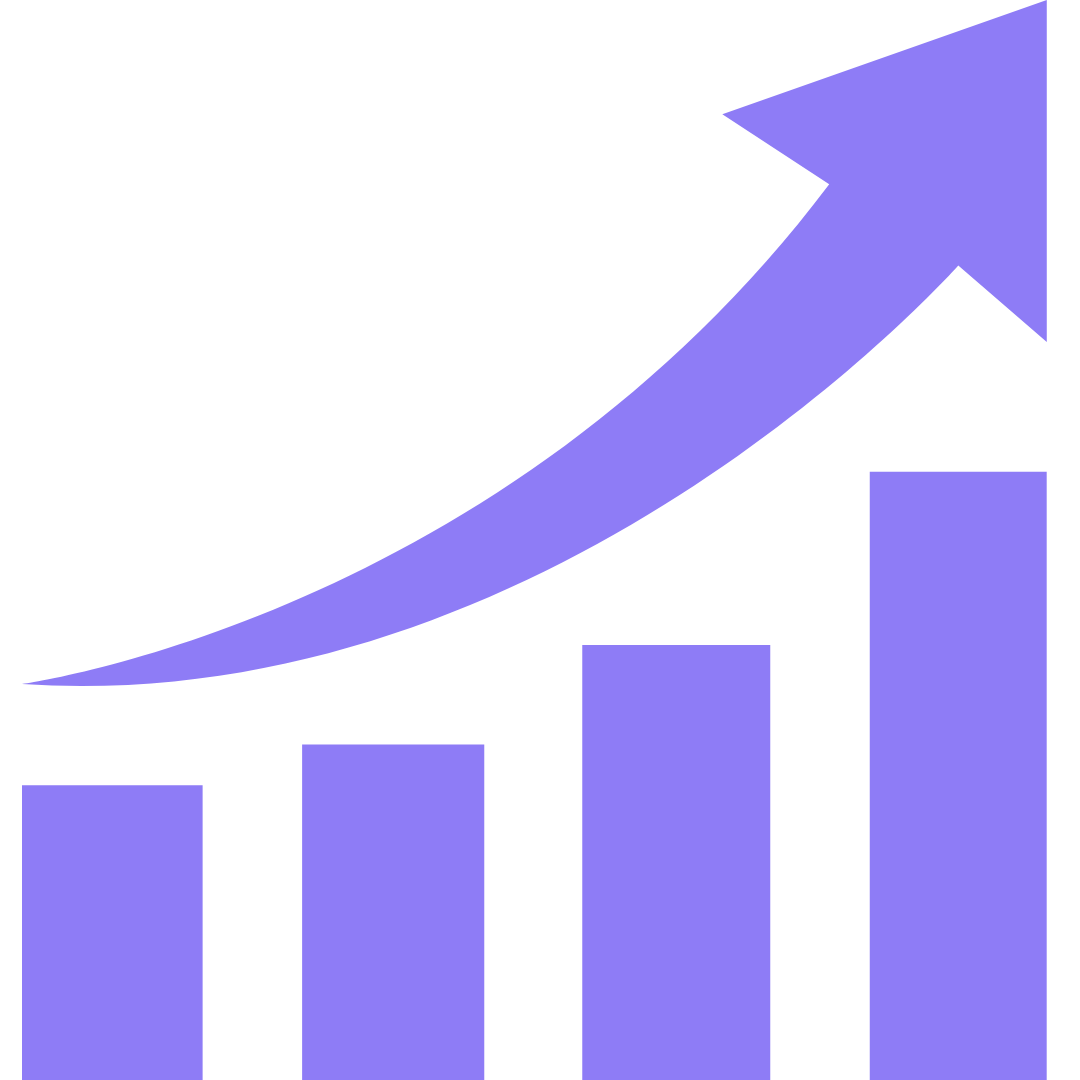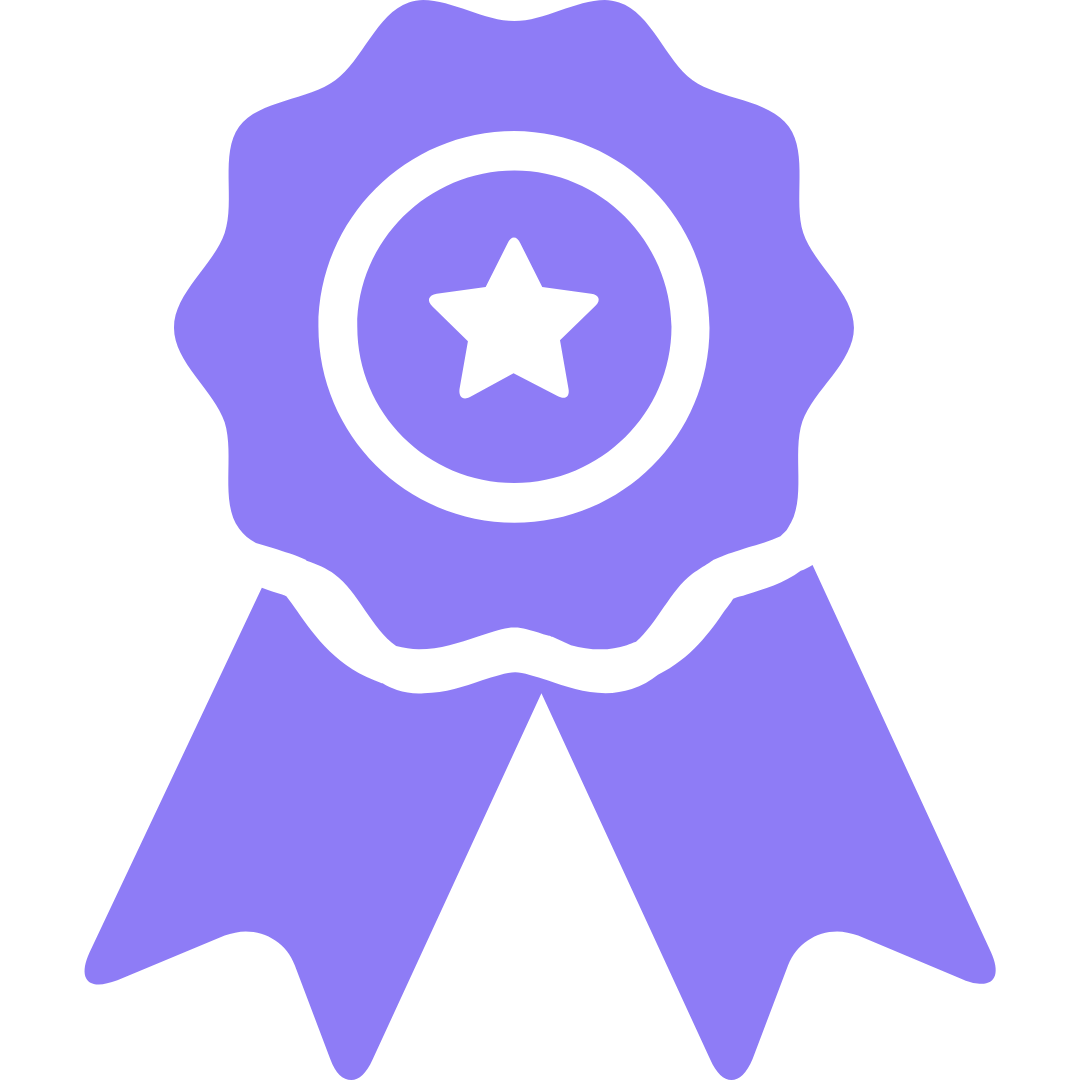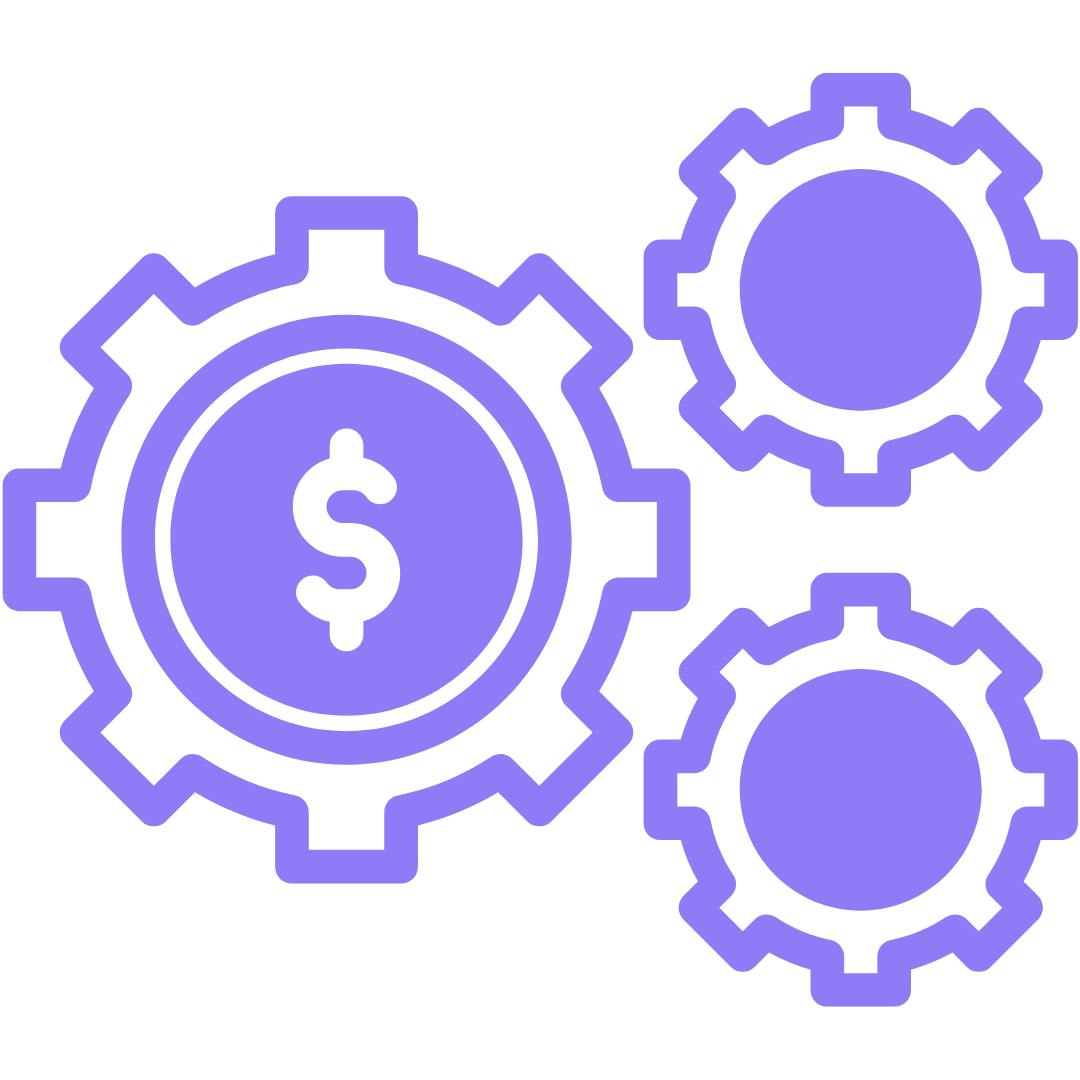September is nearly here. We can already hear the birds singing hallelujah as we banish the winter chill and say hello to beach weather. Coming out of the winter slump is hard. You don’t have to tell us twice!
Paired with how intense this time of year can be with the looming Christmas season (yes, Santa Claus is defrosting as we write this), it can be difficult to truly sit down and plan your marketing campaigns with the same focused confidence you could over the cooler months.
Need some help with a last-minute campaign idea? These calendar events all serve as FUN content pillars to get you started.
September Days Of Celebration
September 1: World Letter Writing Day
September 1: Wattle Day
September 2: World Coconut Day
September 4: World Sexual Health Day
September 5: World Samosa Day
September 5: International Day of Charity
September 6: World Beard Day
September 6: International Bacon Day
September 7: Father’s Day
September 8: International Literacy Day
September 8: World Physical Therapy Day
September 9: World Sudoku Day
September 10: International Makeup Day
September 11: R U OK Day
September 14: National Bilby Day
September 15: World Afro Day
September 17: International Country Music Day
September 17: Australian Citizenship Day
September 18: World Bamboo Day
September 21: International Day of Peace
September 22: World Rhino Day
September 22: World Car Free Day
September 23: International Day of Sign Languages
September 24: Save The Koala Day
September 25: World Dream Day
September 25: World Pharmacist Day
September 27: World Tourism Day
September 27: AFL Grand Final
September 29: World Heart Day
September 30: International Podcast Day
Evergreen Idea: The Ever-Valuable Product
Customers have always been value-conscious. However, growing costs of living are making even the savviest spenders do a double take. While sales are an option, you don’t want to get sucked into an over-discounting cycle. Not only is this hard to break, but you may soon find that customers will only shop with you when the promise of savings is there.
Instead of falling into this trap, take the time to educate customers on how to make the most of your product. For example, if you are selling cleaning products, you may show customers how they can get more out of your products by using less for smaller jobs. While it seems logical, giving them practical measurements of how this can reduce the cost of each use shows them how they can save, save, save!
Another example would be showing customers how they can use your products beyond their intended use. Take honey, for example. Sure, its primary uses are for cooking and adding to drinks. However, showing how it can be used in skincare and hair care can boost the value of your offering.















